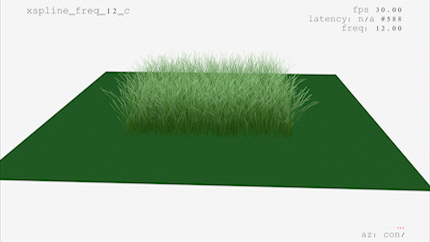I know GAF "in general" is very pessimistic about the cloud. And yes, somehow I can understand that - because so far, there weren't that much games that really took advantage of server calculations. To be honest, no new-gen so far really did (Titanfall touched 5% of the possibilities ...). And this is also why I try to be very careful about the words I choose.
No. You can not boost your games resolution with Azure. And no. You can not create better lighting effects with Azure. But, if you focus on it, you can still boost the overall graphical look of your game by a mile. We are currently creating a game. But in fact, we are kind of creating two-in-one. One with Azure available, and one for offline only. Everything you code, you need to code for two scenerarios. This is a ton of work. if online = dynamic grass; if offline=static grass ... To say it very simple. And so on.That's why we are currently thinking about going "online-only". But to be very open to you, we have some fear about that. Obviously. The gaming community is very careful when they hear "online-only" ... Games like Sim City simply ... Well, did it wrong.
If I could show you a screen comparison of our latest build right now - Azure on/off (no, sorry, I can't ...), you would understand what I am talking about. Wind, dynamically moving vegetations, footprints that stay for hours and even wildlife nearly without losing any local CPU power. This is just awesome in the right situations.
I know MS has some own projects in the works, too, that will go all-in with the Azure servers. Crackdown is the already known example.
That's all I can say for now. Really. I'm out here!




